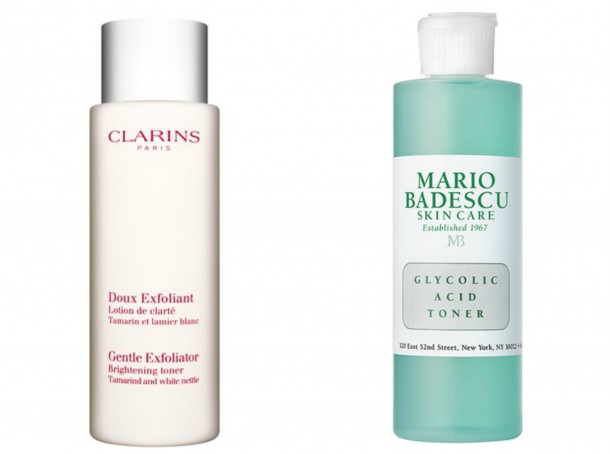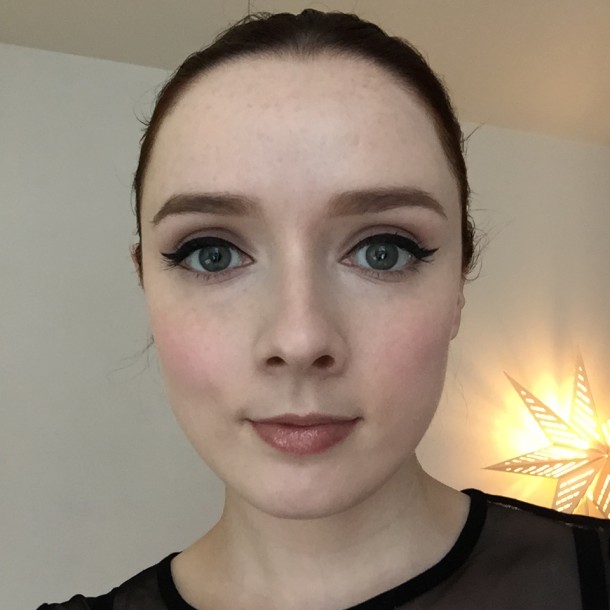
I've been using glycolic acid as part of my skincare routine for a couple of years now. If you want to learn the ins and outs of this really beneficial ingredient, have a read of this. Basically, glycolic acid dissolves the bonds between dead skin cells on the surface and the fresh new cells underneath.
Even small quantities of glycolic acid in your skincare routine will help to speed up cell turnover, helping with issues like dryness, breakouts, and general dullness. A glycolic acid toner is an excellent way to do this. These sorts of toners will generally contain 2-5% glycolic acid, which is relatively gentle - most skin types will cope with it without a reaction, apart from the very sensitive.
If you feel the need for a bit of a skin overhaul, a professional medical grade glycolic peel can really benefit the skin. They help with mild scarring, acne and resurface the skin, improving the absorption of your skincare by removing a few layers of surface cells.
I went to Renew Aesthetic Clinic on Dublin's Hatch Street to try out their Image Signature Lift Peel. A medical grade peel isn't the sort of thing you can make an appointment for and have straight away. Since the peel involves potent concentrations of glycolic acid, you'll need to spend a couple of weeks beforehand acclimatising the skin by using glycolic products.
And this isn't a gimmick by clinics to get you to buy products. If you're not accustomed to higher percentages of glycolic, your skin may react, but will certainly be less able to tolerate the peel for long enough to make a difference. With two weeks' skin prep, the peel can sit on the skin for about three minutes. 'Virgin skin' (for want of a better term) will become much more uncomfortable quickly, and sit on the skin for nearly as long before stinging and getting red.
If the idea of a peel frightens you, it shouldn't. Yes, it stings, but it doesn't hurt. And at the clinic I went to, qualified nurses administered the peels. If you're thinking of getting this sort of peel, be sure to put a bit of research in and make sure that you'll be looked after by trained professionals, just to allay your own uncertainty.
Advertised
The nurse performing my peel watched very closely, and removed it as soon as she determined that my skin had had enough. She then applied a vitamin C enzyme mask to calm the skin.
For five days after the peel, I did have some patchiness, but it was nothing that makeup couldn't cover, and it didn't cause me any distress. If you're uncomfortable with how your skin might look after the peel, organise it on a Friday and take the weekend to lie low! You should be given specific aftercare products to use for five days, which will aid the skin's recovery, and you absolutely must you SPF50 to protect the new skin, which is vulnerable to sun damage.
Here I am (foundation free - I just have some concealer around my nose and eyes) a week later. As you can see, all of the dryness has gone and my skin is breakout free, which is a full-on miracle, since this photo was taken amid raging lady hormones, which will usually give me at least a spot or two once a month.
Glycolic peels are best done in courses, so I'm heading in this week for a second one, and I look forward to seeing the results! And when it comes to price at the clinic I visited, peels cost €85 for one or €300 for four.
It's a big investment, but can really help prematurely aged, acne scarred (the red kind not the pitted kind!) and even excessively oily skin.
Would you consider a medical grade glycolic acid peel? Share your thoughts in the comments.
Advertised
*Laura was a guest of Renew clinic.





